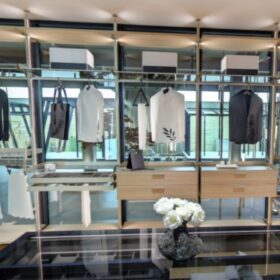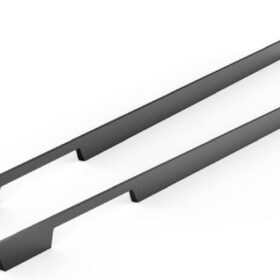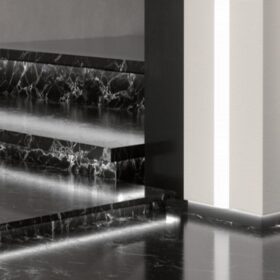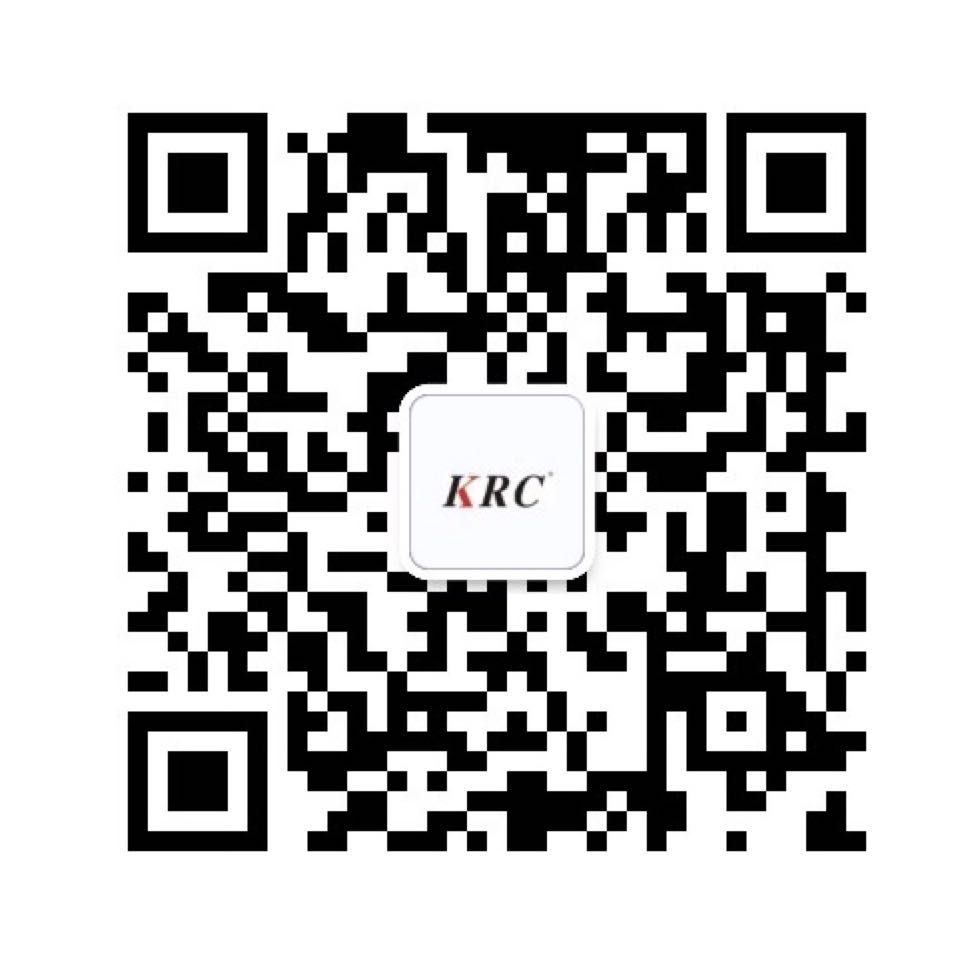How to Choose the Right Aluminium Profile for Your Kitchen Needs
Creating a modern and functional kitchen requires careful planning and the selection of high-quality materials. Aluminium profiles play a crucial role in kitchen design, offering durability, flexibility, and a sleek aesthetic. Understanding the different types of aluminium profiles available and their specific applications can help you make informed choices that meet your needs.
Type of Aluminium
Extruded Aluminium Profiles
Extruded aluminium profiles are manufactured by forcing molten aluminium through a die, creating long and continuous shapes with a defined cross-section. They offer high strength, precise dimensions, and a wide range of shapes and thicknesses. Extruded profiles are ideal for applications such as cabinet frames, drawer slides, and appliance handles.
Rolled Aluminium Profiles
Rolled aluminium profiles are created by passing aluminium sheets through rollers to reduce their thickness and create a desired shape. They offer good strength and flexibility, but are typically more limited in shape options compared to extruded profiles. Rolled profiles are often used for kitchen countertops, splashbacks, and wall cladding.
Finish and Coating
Anodized Aluminium
Anodizing is an electrochemical process that creates a protective oxide layer on the surface of aluminium. This layer enhances corrosion resistance, durability, and color retention. Anodized aluminium profiles are available in a wide array of colors and finishes, making them a versatile choice for various kitchen designs.
Powder-Coated Aluminium
Powder coating involves spraying fine particles of paint onto the surface of aluminium and then curing it under high heat. This process creates a durable and scratch-resistant finish. Powder coating offers a wide color range and can be customized to match specific kitchen colors or designs.
Brushed Aluminium
Brushed aluminium profiles have a slightly textured surface that is created by brushing the metal in a single direction. This finish gives a modern and industrial look and helps to hide scratches and fingerprints. Brushed aluminium is suitable for kitchen appliances, cabinet handles, and drawer fronts.
Strength and Durability
Thickness
The thickness of aluminium profiles directly affects their strength and durability. Thicker profiles are more robust and can withstand higher loads. For kitchen applications, such as cabinet frames and countertops, profiles with a thickness of at least 1.5mm are recommended.
Alloy Composition
The alloy composition of aluminium also influences its strength and durability. Different alloys have varying levels of resistance to corrosion, wear, and heat. For kitchen use, alloys such as 6061 and 6063 offer a good balance of strength, corrosion resistance, and weldability.
Aesthetic Considerations
Shape
Aluminium profiles come in a variety of shapes, including rectangular, square, round, and custom designs. The shape of the profile should complement the overall kitchen design and provide the desired functionality. For example, U-shaped profiles can be used as drawer channels, while T-shaped profiles serve as support beams for countertops.
Color and Finish
The color and finish of aluminium profiles can significantly impact the overall aesthetics of the kitchen. Consider the color scheme and style of your kitchen when selecting the finish. For a modern and minimalist look, opt for anodized or powder-coated profiles in neutral colors. For a more traditional or industrial style, brushed aluminium or embossed profiles are suitable choices.
-
2024-11-29Top Trends in Modern Kitchen Cabinet Pulls for 2024
-
2024-11-28The Ultimate Guide to Modern Kitchen Cabinet Pulls- Materials, Styles, and Tips
-
2024-11-27Elevate Your Kitchen Design with These Must-Have Modern Cabinet Pulls
-
2024-11-26Sleek and Stylish- The Best Modern Kitchen Cabinet Pulls for a Contemporary Look










